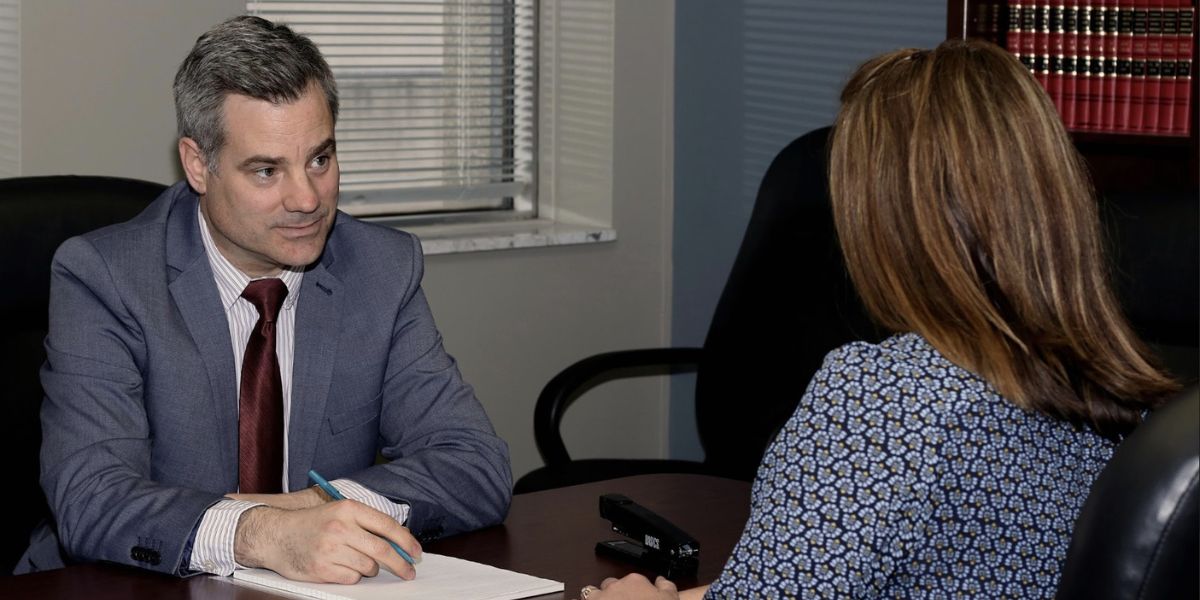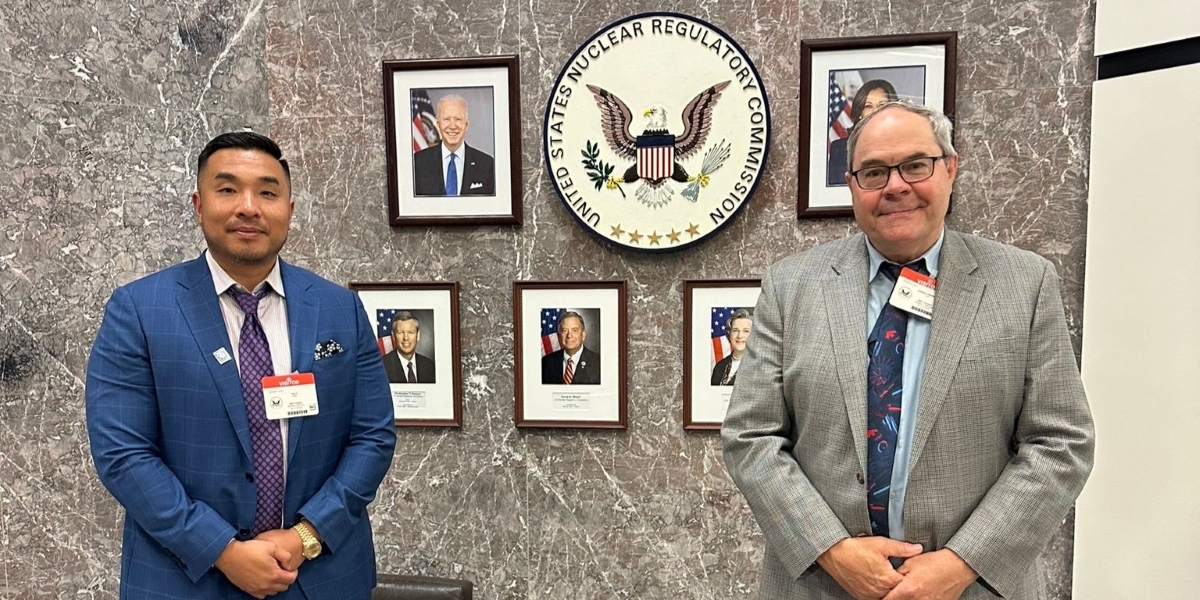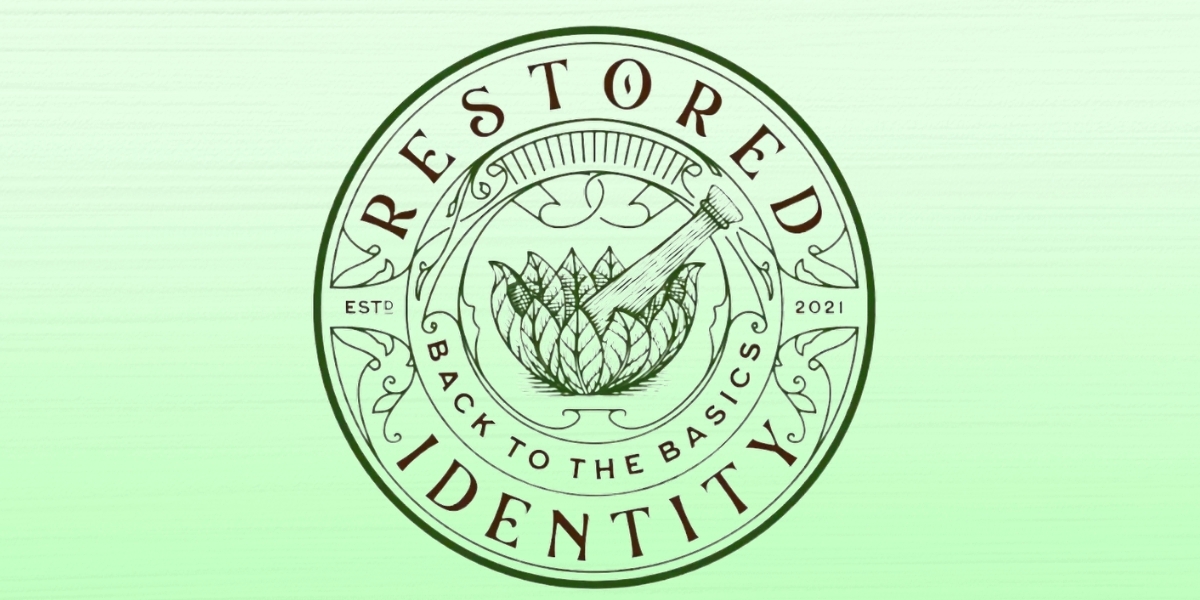Gary S Winemaster Discusses the Evolution of Alternative Fuel Systems in Commercial Vehicles
Commercial fleets are currently experiencing a significant transformation driven by environmental concerns, technological advancements, and evolving regulatory frameworks. The shift away from traditional fossil fuels is becoming increasingly common and is actively influencing fleets across various industries. According to Gary S Winemaster, companies are exploring a range of alternative fuels, including electricity, natural gas, biodiesel, and hydrogen, each offering distinct operational benefits and potential challenges.
Simultaneously, developments in battery technology, telematics, and infrastructure are facilitating the integration of these alternative energy sources into daily operations. However, the transition is not without challenges: factors such as cost, training requirements, and range limitations continue to shape decision-making in fleet management.
As market forces, policy initiatives, and public expectations align, the commercial transportation sector is undergoing a transformation—not just in terms of how goods are moved, but also in how sustainability and innovation are being incorporated into its foundation.
Traditional Fuels in Commercial Fleets
Diesel and gasoline played a pivotal role in the rise of modern commercial transportation, dominating fleets for much of the 20th century. Their dependability and energy density made them the standard for long-haul and heavy-duty operations.
Concerns over air quality, rising fuel costs, and dependency on oil imports prompted a shift toward alternative fuels during the energy crises of the 1970s. Environmental regulations in the 1990s and early 2000s further accelerated the push for cleaner technologies. These regulatory changes laid the groundwork for today’s emphasis on sustainability.
Delivery services, municipal fleets, and public transit systems were among the early adopters of alternative fuels, testing their practicality in real-world conditions. Their experiences helped provide valuable insights into the viability of new fuels.
Overview of Alternative Fuel Types
Natural gas, available in both compressed (CNG) and liquefied (LNG) forms, has gained traction among transit agencies and regional delivery fleets due to its relatively lower emissions and cost predictability. Its availability through established utility networks has supported its adoption, particularly in urban areas with clean-air initiatives.
Biodiesel, derived from renewable sources such as soy or used cooking oil, blends effectively with traditional diesel engines. This compatibility allows fleet operators to reduce emissions without requiring significant modifications to existing equipment, making it a practical choice for sectors like agriculture and public works. Additionally, its production helps support local economies and reduce waste.
Electric trucks are becoming increasingly viable as advancements in battery technology continue. Quiet operation, reduced maintenance, and zero tailpipe emissions make them appealing for last-mile delivery routes, particularly in densely populated cities. Hydrogen fuel cells, while still in the early stages of development, hold promise for longer-range applications where battery-electric systems may face limitations. Some logistics companies are already exploring the feasibility of hydrogen-powered prototypes to assess their potential for long-distance operations.
Key Drivers Behind the Change
Tighter emissions standards at both federal and state levels are increasingly encouraging commercial fleets to consider cleaner fuel options. Regulatory pressure has made compliance an important factor in strategic planning, particularly for companies operating across multiple jurisdictions. This focus on compliance is also driving investments in monitoring and reporting tools.
Fuel price uncertainty continues to be a significant concern for fleet managers. Alternative fuels, such as propane and electricity, offer more predictable pricing, which can help stabilize operating costs. Additionally, many companies are being influenced by environmental, social, and governance (ESG) goals, with an increasing number of organizations integrating sustainability into their broader business strategies.
Public and private funding programs have played a key role in accelerating the transition to alternative fuels. Grants, tax credits, and infrastructure support have helped ease the financial burden associated with adopting new technologies, enabling fleets to transition while maintaining performance and profitability. Regional partnerships between government and industry have proven particularly effective in driving large-scale changes.
Technology Developments Supporting Growth
Advancements in battery technology have substantially extended the range and reliability of electric trucks, making them more feasible for everyday use. Innovations in fast-charging systems and improved energy density have expanded the potential for widespread electrification. Some manufacturers are now offering modular battery systems that can be tailored to specific route needs.
Telematics tools are playing an increasingly important role in optimizing fuel efficiency and route planning. By analyzing vehicle data in real-time, fleet managers can make informed decisions that help reduce idle time, improve maintenance schedules, and minimize overall fuel consumption. These systems also contribute to driver safety and support compliance efforts.
Improvements in fueling and charging infrastructure are making alternative fuels more accessible. Retail stations and depot-based systems are expanding, especially in regions where strong policy support and public-private investments are present.
Barriers to Broader Adoption
Upfront costs remain one of the most significant barriers to adopting alternative fuel vehicles. Even with incentives, the higher purchase price of these vehicles compared to traditional models can be challenging for small and medium-sized fleets. Financing options tailored to green technology may help address this issue and facilitate the transition.
Limited range and insufficient fueling networks make some technologies less practical for long-haul operations. Fleets that operate in rural areas or on cross-country routes often face logistical challenges that can delay their transition. These limitations are also influenced by weather conditions and terrain.
Specialized training is another obstacle. Technicians and drivers must adjust to new systems, which often require different safety procedures, diagnostic tools, and maintenance protocols.
Market Shifts
Equipment manufacturers are increasing their investment in alternative fuel platforms, signaling a long-term shift in their product strategies. Major manufacturers are launching electric and hydrogen-powered models tailored for a variety of commercial use cases. Some companies have even pledged to phase out diesel engines within the next decade.
Disclaimer: The information provided in this article is for informational purposes only and does not constitute professional advice. The views expressed reflect the author’s insights and are based on available data at the time of writing. Please consult with industry professionals or experts for specific advice regarding alternative fuel systems in commercial vehicles.












